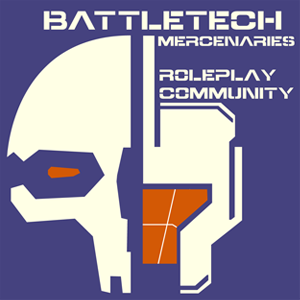Difference between revisions of "Second Soviet Civil War"
(New page: Bloody civil war in the Union of Soviet Socialist Republics(USSR) from the assassination of Premier Oleg Tikonov, November 2011 until ended by NATO forces March 2014. ==Hi...) |
m (deleted year template) |
||
| Line 46: | Line 46: | ||
[[Category:Events]] | [[Category:Events]] | ||
| − | |||
| − | |||
| − | |||
| − | |||
Revision as of 20:13, 7 January 2008
Bloody civil war in the Union of Soviet Socialist Republics(USSR) from the assassination of Premier Oleg Tikonov, November 2011 until ended by NATO forces March 2014.
Contents
History
Upon the assassination of Oleg Tikonov Premier of the Soviet Union, power struggles for control started a chain of events that lead to the Second Soviet Civil War.
Member nations of the Warsaw Pact saw their opportunity to rebel against the Soviet Union while USSR leaders were distracted by the power vacuum. Kiev was first seized by a coalition of ethnic and nationalist groups forming the Ukraine Peoples Republic. Two weeks later, Czechoslovakia and East Germany leave the Warsaw Pact. Director of the KGB, Admiral Sergei Tarantoff, institutes martial law and assumes command of the Soviet military.
The Second Soviet Civil War begins, with one side loyal to Tikonov's liberal policies and the other to conservative Communism.
Shortly thereafter, the Soviet Army collapses resulting in escalated bloodshed. In the resulting confusion, some Soviet military commanders launch nuclear warheads (ICBM's) at western targets. This causes NATO to intervene militarily to prevent massive casualties on both sides of the conflict. The Crippen Station plays a pivotal rule in destroying the ICBM's as part of the western nations satellite defenses.
Western forces continue their intervention until the war was ended in March 2014 with the surrender of the last Old Guard controlled ICBM site to Loyalist forces.
Aftermath
Meeting in Kiev, leaders of various Soviet political and ethnic groups and dissolve the USSR. Seven independent Russian States are created in a loose confederation.
Meeting in newly reunited Berlin, leaders of the various Western powers, led by the British Prime Minister, merge NATO and the European Common Market into the Western Alliance.
Notable Dates
2011, Start of Second Soviet Civil War.
2013, Battle of Moscow. Brigadier Arthur Davion created a Baron.
2014, End of Second Soviet Civil War.
2014, Formation of the Western Alliance.
2014, Formation of the Democratic Republic of European Russia.
2014, Formation of the People's Union of Kazakh.
2014, Formation of the Islamic Republic or Turkmen.
2014, Formation of the Soviet Socialist Republic.
2014, Formation of the Democracy of Yakut.
2014, Formation of the Magadan Socialist Republic.
2014, Formation of the Confederation of Free Orient Peoples.
References
- DropShips and JumpShips - pp 6


